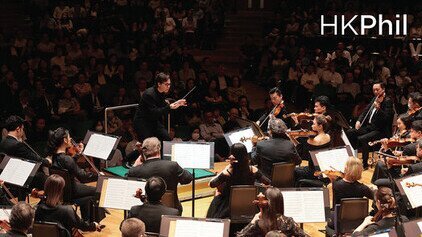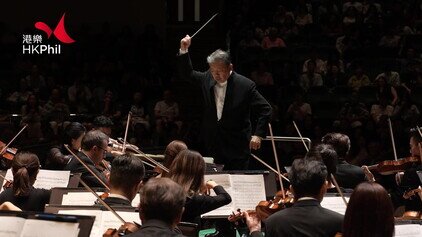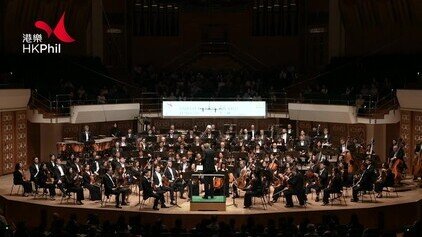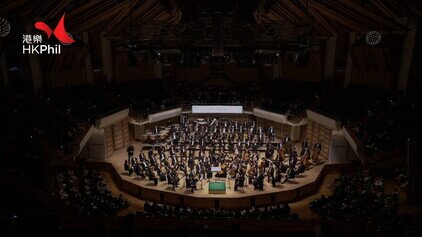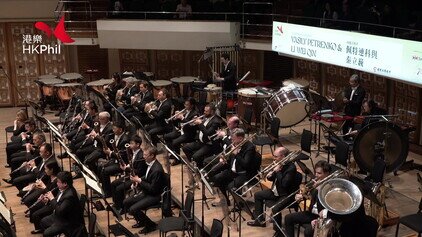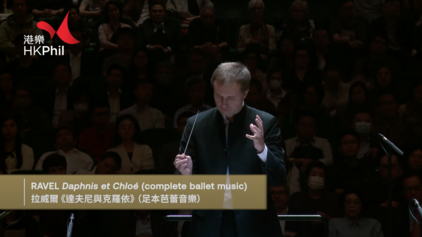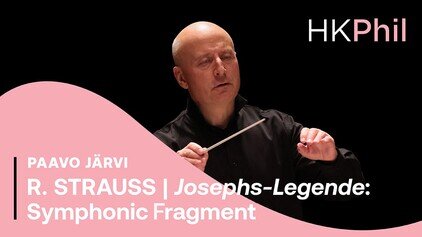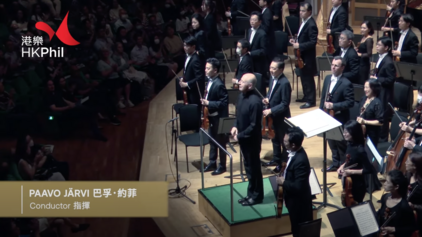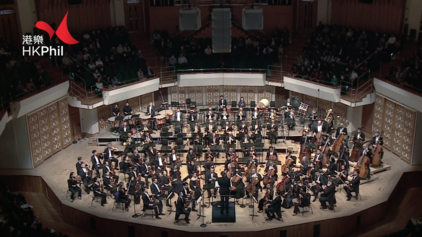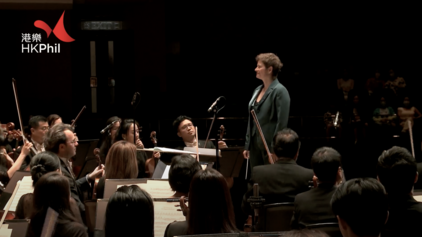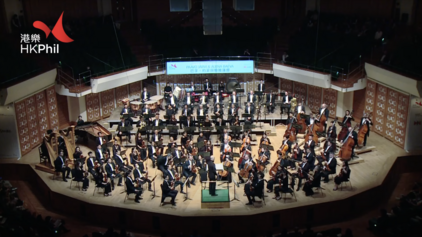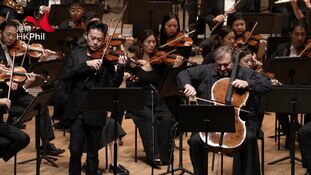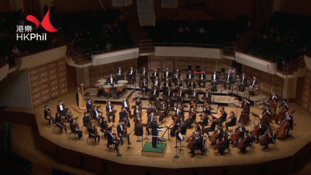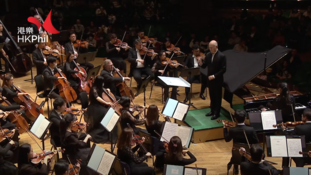WEBER | Bassoon Concerto
PROGRAMME
CARL MARIA VON WEBER (1786-1826)
Bassoon Concerto in F, op. 75
- Allegro ma non troppo
- Adagio
- Rondo (allegro)
THE COMPOSER
Born in Germany Weber believed himself to be of aristocratic stock. However he was the son of a local musician who had fraudulently added the baronial title “von” to his name in an attempt to give his newly-formed travelling theatre company an aura of respectability. Weber was actually descended from a humble miller. Whatever their origins, the Webers were to earn a place in the history books in their own right through Carl Maria. With a permanent physical disability, which meant that he walked with a limp throughout his life, and much ill-health during his childhood, young Carl did not appear to be destined for greatness. Even his early music lessons, given by his brother as the family followed their father’s theatre company around Germany, failed to reveal any inkling of compositional talent. But it was Carl Maria Weber who, virtually single-handedly, established the Romantic movement in music with his opera Der Freischütz of 1821.
THE BACKGROUND
Weber’s revolutionary ideas about music were not confined to opera, and among the many innovations with which he is credited is the practice of conducting an orchestra with a baton. He was widely admired as an orchestral conductor, not least because of his habit of becoming thoroughly excited during performances, and in March 1811 he travelled to Munich to conduct the court orchestra. For that concert he had written a concerto for the orchestra’s clarinettist, which became so popular that other members of the orchestra asked for concertos for their own instruments. Among these was Georg Friedrich Brandt who was the orchestra’s bassoonist. Other than several concertos for the instrument by Vivaldi (of which Weber would not have known) and one by Mozart, the instrument had rarely been allowed to emerge as a solo instrument, so Weber’s concerto was very much exploring largely untrodden territory.
PERFORMANCE HISTORY
The concerto was written between 14 and 27 November, and Brandt gave the premiere, with the Munich orchestra, at the city’s Hoftheater on 28 December 1811.
THE MUSIC
The first movement opens with a strong, jovial march, taken up by the bassoon to the accompaniment of a gently pounding drum. This is very operatic music, the jaunty, skipping bassoon sounding very much like an endearing operatic character. But as the movement progresses, the solo part becomes ever more athletic and agile, deftly exploring both the lowest and highest parts of its range. Momentary passages of reflection do little to disturb the utter cheerfulness of the movement, but in the second movement, the bassoon takes on a slightly more melancholy character as it sings out a richly lyrical melody above a gentle cushion of subdued strings. A graceful cadenza at the end of the movement takes us back into the realms of opera, while in the third movement the bassoon clowns around so much it is easy to overlook the astonishing virtuosity required of the player who has to run the gauntlet of rapid scales, big athletic leaps and, especially in the closing bars, passages of breathless velocity.
Programme notes by Dr Marc Rochester
ARTISTS
SUPPORT THE HK PHIL'S ONLINE PROGRAMMES
The Ambassador Fund allows the orchestra to produce various online programmes, keeping our connection with the communities. The HK Phil has released over 80 online programmes and garnered over 1.5 million views since the pandemic. Your donation supports production costs incurred and helps us share music!
All Performances
Other videos in this series








